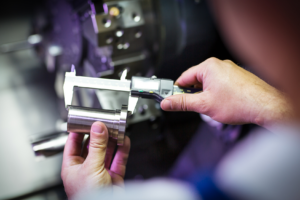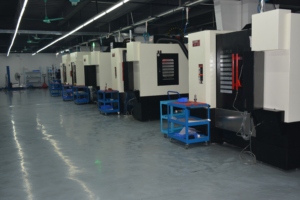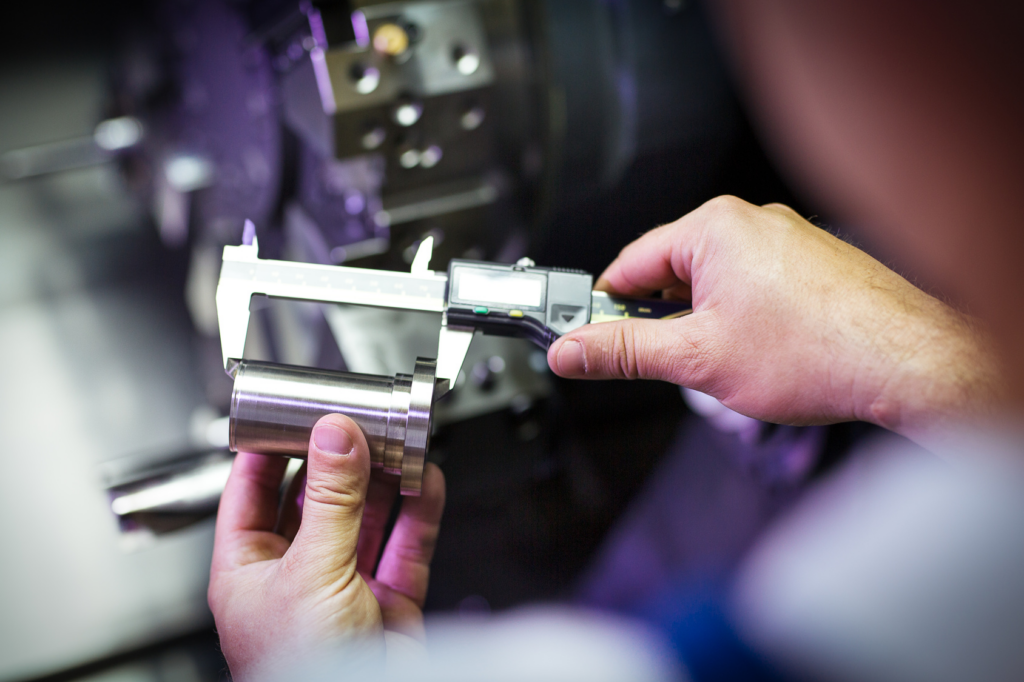Quality Inspection of TOP Prototype Products
In the highly competitive manufacturing industry, ensuring the quality of products is of utmost importance. TOP Prototype, a company specializing in various manufacturing processes such as CNC machining parts, injection molding, sheet metal fabrication, silicone rubber molding, and 3D printing, has established a comprehensive and stringent quality inspection system to guarantee the excellence of its products.
I. Introduction to TOP Prototype and Its Manufacturing Processes
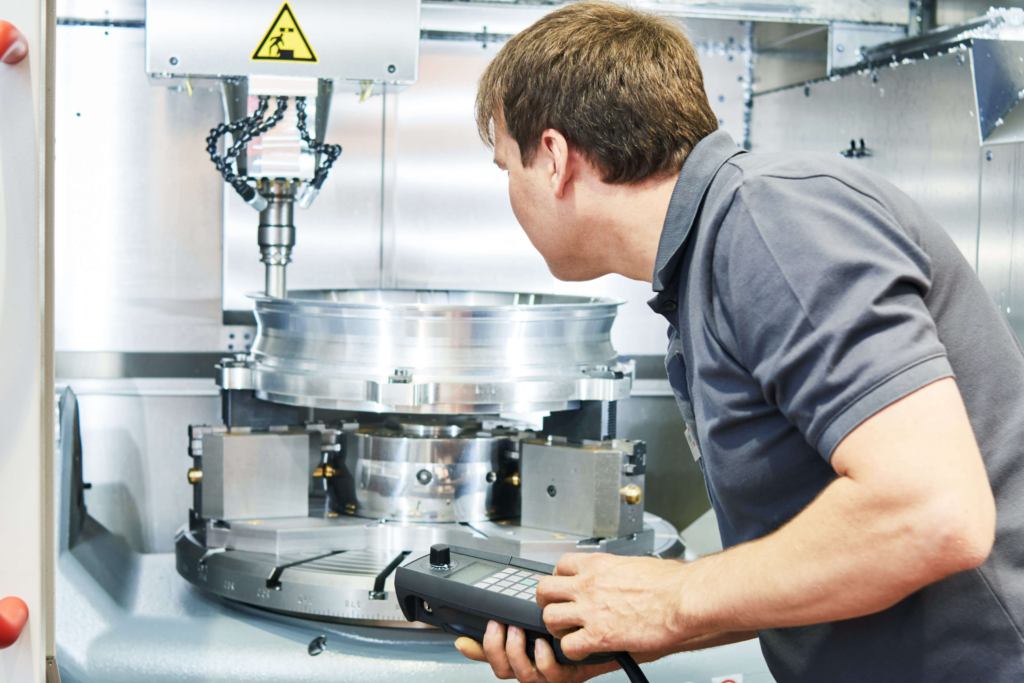
TOP Prototype has been a key player in the manufacturing field, offering a wide range of services to meet the diverse needs of customers. CNC machining parts involve precise cutting and shaping of materials using computer-controlled machines, ensuring high accuracy and repeatability. Injection molding is used to produce complex plastic parts in large quantities with consistent quality. Sheet metal fabrication is crucial for creating metal components with specific shapes and strengths. Silicone rubber molding is suitable for making flexible and elastic parts, while 3D printing allows for rapid prototyping and customization.
II. The Significance of Quality Inspection
Quality inspection is the cornerstone of TOP Prototype’s operations. It not only ensures that the products meet the required standards and specifications but also enhances the company’s reputation and customer satisfaction. By detecting and rectifying any defects or deviations early in the production process, it helps to reduce waste, rework, and costs. Moreover, it enables the company to maintain a competitive edge in the market by delivering reliable and high-quality products.
III. Quality Inspection Process for CNC Machining Parts
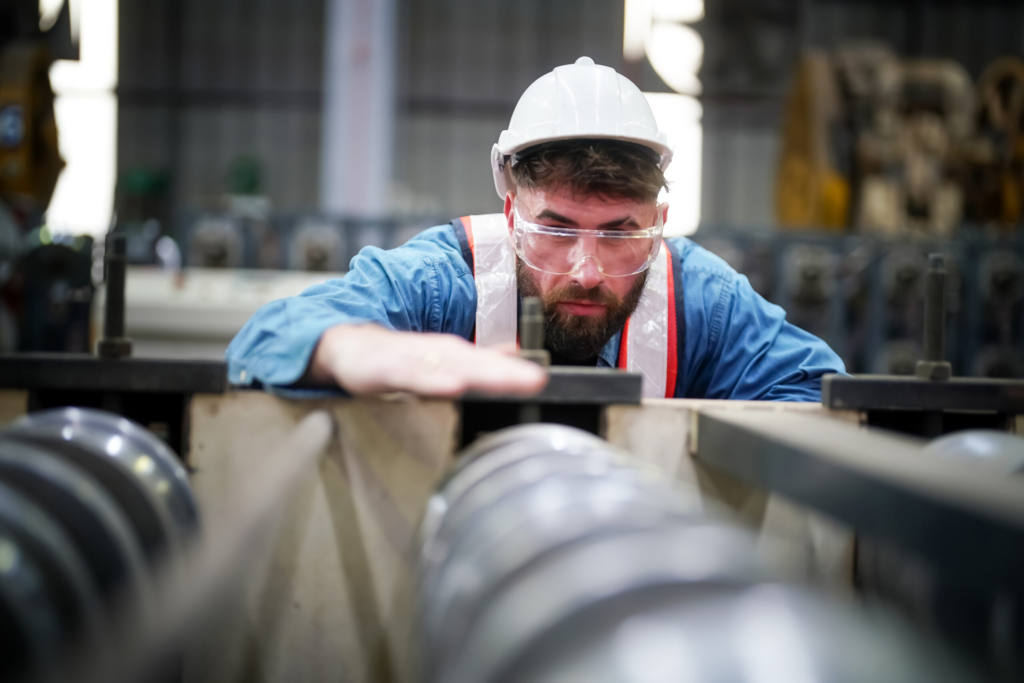
1.Initial Inspection of Raw Materials
Before the machining process begins, the raw materials are carefully inspected. This includes checking the material’s composition, hardness, and dimensional accuracy. Any discrepancies in the raw materials can affect the final quality of the machined parts. For example, if the hardness of the metal is not within the specified range, it may cause tool wear during machining and result in inaccurate dimensions.
2.In-Process Inspections
During the CNC machining process, regular inspections are carried out. The machine operator monitors the tool wear, cutting parameters, and the dimensional accuracy of the part being machined. At specific intervals, the part is measured using precision measuring instruments such as calipers, micrometers, and coordinate measuring machines (CMMs). Any deviations from the desired dimensions are immediately corrected by adjusting the machining parameters or replacing the tool.
3. Final Inspection
After the machining is completed, a comprehensive final inspection is conducted. The part is inspected for its dimensions, surface finish, and any other relevant quality characteristics. The surface finish is checked for smoothness and to ensure that it meets the required standards, as a rough surface can affect the part’s functionality and appearance. The dimensional accuracy is verified using the CMM to ensure that it is within the tight tolerances specified by the customer. Only parts that pass all these inspections are considered good and ready for shipment.
IV. Quality Inspection for Injection Molding
1.Mold Inspection Before the injection molding process starts, the mold is inspected thoroughly. The mold’s structure, cavities, and ejection system are checked for any defects or wear. Any issues with the mold can lead to imperfect plastic parts, such as flash (excess plastic around the edges), short shots (incomplete filling of the mold cavity), or dimensional inaccuracies. The mold’s surface is also polished to ensure a smooth finish on the plastic parts.
2.In-Process Monitoring During the injection molding process, parameters such as injection pressure, temperature, and cycle time are monitored continuously. These parameters have a significant impact on the quality of the molded parts. For instance, if the injection pressure is too high, it may cause stress in the plastic part, while if the temperature is not properly controlled, it can lead to inconsistent shrinkage and warping. Samples are taken regularly from the production line and inspected for appearance, dimensions, and mechanical properties.
3.Final Inspection of Molded Parts The final inspection of the injection molded parts includes visual inspection for defects such as cracks, blemishes, and color variations. The dimensions of the parts are measured using specialized gauges to ensure they meet the design specifications. Additionally, the parts may undergo mechanical testing to check their strength, toughness, and other relevant properties. Only parts that pass all these quality checks are packaged and shipped to the customers.
V. Quality Inspection of Sheet Metal Fabrication
1.Material Verification Similar to other processes, the quality inspection of sheet metal fabrication starts with verifying the raw materials. The sheet metal’s thickness, tensile strength, and surface quality are checked. Any variations in the material properties can affect the forming and welding processes. For example, if the thickness of the sheet metal is not as specified, it may lead to problems during bending or folding.
2.In-Process Checks During the fabrication process, inspections are carried out at various stages. The cutting accuracy of the sheet metal is checked to ensure that the dimensions are correct. The forming operations, such as bending and rolling, are monitored to ensure the desired shapes are achieved with the required tolerances. Welding joints are inspected for strength and integrity. Non-destructive testing methods such as visual inspection, magnetic particle inspection (for detecting surface and near-surface defects in ferromagnetic materials), and ultrasonic testing (for detecting internal defects) may be used to ensure the quality of the welded joints.
3.Final Inspection The final inspection of sheet metal components focuses on the overall dimensions, appearance, and functionality. The components are checked for any deformations, scratches, or dents. The fit and assembly of the components are also verified to ensure that they can be assembled properly with other parts. Any surface treatments, such as painting or plating, are inspected for uniformity and adhesion. Only components that meet all the quality standards are approved for delivery.
VI. Quality Inspection for Silicone Rubber Molding
1.Raw Material Testing
The quality of the silicone rubber used is crucial. It is tested for its viscosity, hardness, and curing properties. The correct viscosity ensures proper flow during molding, while the appropriate hardness is necessary for the desired flexibility and durability of the final part. The curing properties determine the time and temperature required for the silicone to set properly. Any deviations in these properties can affect the quality of the molded part.
2.Mold and Tooling Inspection
The molds and tooling used for silicone rubber molding are inspected for cleanliness, accuracy, and any signs of damage. A clean mold is essential to prevent impurities from being incorporated into the molded part. The accuracy of the mold dimensions ensures that the part will have the correct shape and size. Any damage to the mold can lead to defects such as irregular surfaces or incomplete filling.
3.In-Process and Final Inspections
During the molding process, the curing time and temperature are closely monitored. Samples are taken periodically and inspected for appearance, dimensions, and elasticity. The final inspection of the silicone rubber parts includes visual inspection for any bubbles, defects in the surface texture, and color consistency. The parts are also tested for their mechanical properties such as tensile strength and elongation at break. Only parts that meet the required quality standards are considered and can be used in the final product or shipped to the customers.
VII. Quality Inspection for 3D Printing

1.Pre-Print Checks
Before starting the 3D printing process, the digital model is checked for any errors or imperfections. This includes verifying the model’s geometry, ensuring that there are no self-intersecting surfaces or other issues that could cause problems during printing. The settings of the 3D printer, such as layer height, print speed, and temperature, are also calibrated according to the material being used and the desired quality.
2.In-Process Monitoring
During the printing process, the printer’s operation is monitored. The extrusion of the printing material is checked to ensure a consistent flow and proper adhesion between layers. Any signs of clogging or inconsistent extrusion are addressed immediately. The dimensional accuracy of the printed part is monitored by periodically measuring the part using a digital caliper or other measurement tools. If any deviations occur, the printing process can be adjusted or paused to correct the issue.
3.Post-Print
Inspection After the printing is completed, the part is inspected thoroughly. The surface finish is evaluated for smoothness and any visible layer lines or defects. The dimensions of the part are measured accurately to ensure they match the design specifications. The part may also undergo functional testing if required, depending on its intended application. For example, if it is a mechanical part, it may be tested for strength and durability. Only parts that pass all these inspections are considered and can be used or further processed as needed.
VIII. Conclusion
TOP Prototype’s commitment to quality inspection across all its manufacturing processes is essential for delivering high-quality products to its customers.
By implementing a comprehensive and meticulous quality inspection system, the company can ensure that its CNC machining parts, injection molded products, sheet metal components, silicone rubber parts, and 3D printed prototypes meet the highest standards of quality and performance.
This not only helps to maintain customer satisfaction and loyalty but also positions TOP Prototype as a reliable and competitive player in the manufacturing industry, enabling it to continue to innovate and grow in the future.
In conclusion, quality inspection is an integral part of TOP Prototype’s operations, and its continuous efforts in this regard contribute significantly to the success and reputation of the company in the market.
By constantly improving and refining its quality inspection processes, TOP Prototype is well-equipped to meet the evolving needs of its customers and the challenges of the dynamic manufacturing landscape.

